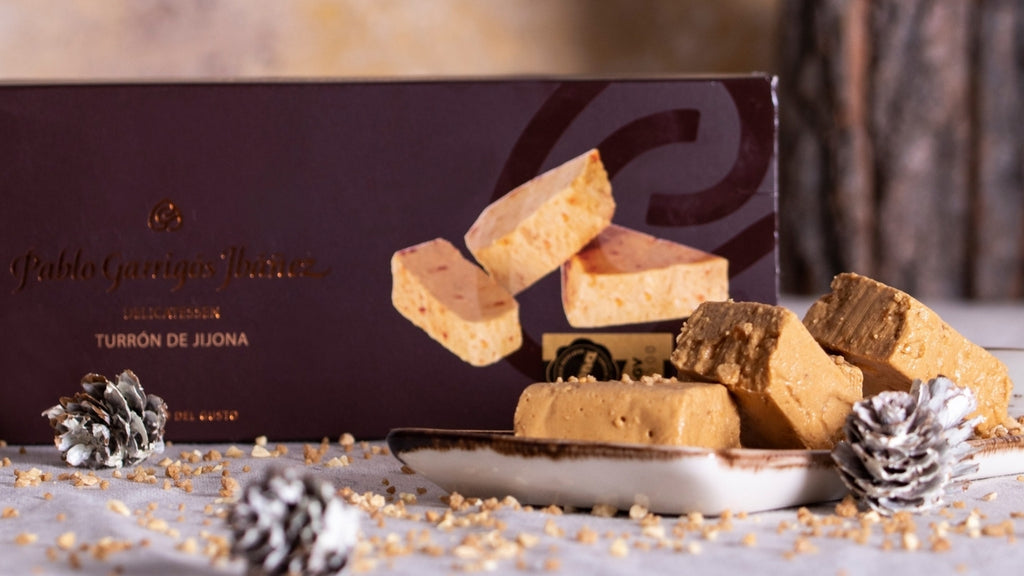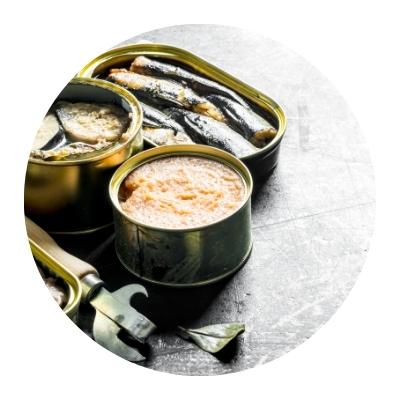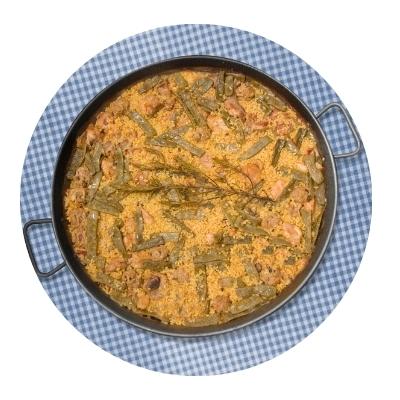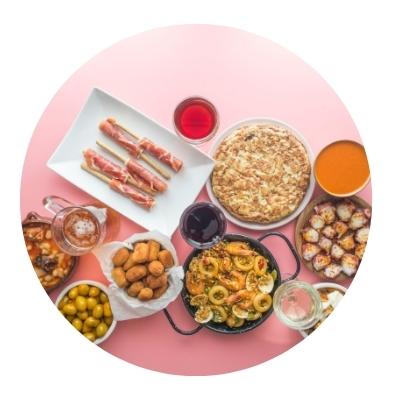Close to "almond heaven"

We kick off our culinary discovery trip throughout Iberia visiting a top-quality producer. Their natural product should not be missing in any Christmas celebration: Almond-Turrón de Jijona. We visited the family business Pablo Garrigós Ibáñez.
First and foremost, they use the typical Spanish "Marcona" almonds (sweeter and whiter, called "the Queen of almonds") and honey made by bees from the pollen of orange blossoms or wild rosemary-flowers, which both grow abundantly on the Spanish Levante-Mediterranean coast around Alicante and Valencia. From this harmoniously balanced and lustful liaison the Gourmet-Túrron varieties of Pablo Garrigós Ibañéz from Jijona (Valencian Xixona) are created. Jijona is Spain's turrón world capital together with Alicante, which both gave their local almond-delicacy its name. A real ambrosia, divine in its taste, it is an indispensable gift in Spain for Christmas and increasingly present in the desserts menu of the top-chefs of gastronomy.

High activity from the start of autumn
"The production of the Jijona-Turrón takes four to five days,” Henedina Garrigós Jornet explains. Those days it is high season in the turrón manufacturing plant under the particularly strict hygiene conditions imposed by the coronavirus pandemic. Even though the company produces all year round, with a team of about 20 employees, the main phase begins with the harvest of the Marcona almond, the latest ripening of its kind, at the beginning of October, when the fruits of the white-pink trees that bloom in February have reached perfection. "About 80 percent of production is concentrated in the three months before Christmas. The remaining fifth of production is mainly used in nougat ice-cream in the summer and for holidaymakers as souvenirs, Henedina Garrigós says.
Henedina is one of the daughters of the founder, Pablo Garrigós, who over 32 years ago split for good with his business partners at that time, also "Turroneros" in the third generation, "in order to preserve the origin and tradition of turrón products away from mass production," Henedina continues: "Only the best raw materials, locally produced and grown" has been the motto ever since. Even in the 1980s, when "the typical form of packaging, in wooden boxes, was abandoned by all producers, my father continued to rely on it, and, as befits the tradition, chestnut wood”. She and her sister Débora Garrigós are both CEOs of the Turrón family business after their father. Theirs is the same craft that their grandfather's and grandmother's families had already followed.
The Jijona turrón is pure almond, homogeneously soft, whether as a "tableta" (bar) or - as connoisseurs know - as a round "torta" (“cake”): the almond-oily version, the ultimate, "the top layer of the production is directly packed for it”, so creamy that, according to Henedina Garrigós, it can be “eaten with a spoon”. The "Turrón de Alicante", on the other hand, is the extremely crisp contrast, and is produced in a single day: Whole almonds, surrounded by honey, sugar and egg white, which, in addition to the roasted aroma of the outstanding Marcona almonds that Pablo Garrigós and his daughters always use, and taste distantly reminiscent of "Turkish honey".

“Sweet tooths”, as before the discovery of the "New World"
The "Turrón" has its roots in Al-Andalus and the Arab-Muslim era, almost 800 years of rule that ended in 1492 with the surrender of the last Moorish kingdom of Granada. Chocolate was not yet known to the Europeans who discovered America that same year: Desserts were (and still are) based on nuts, (leafy) doughs soaked in honey, rose or orange water, carob and dried fruit in the Arabian world. As the "Halva", for example made mostly from sesame seeds, which is derived from the Arabic word "sweet" ("halua"). These are traditions that are also often found in typical Austrian Christmas baking: Almonds, Christmas spices such as cinnamon, cloves, nutmeg, allspice, pistachios, puff pastry, candied fruit, all this is part of our Moorish heritage. In Spain, as in Austria. However the baking of home-made cookies is not a family tradition in Spain, but almond cookies such as "Mazapanes" (nomen est omen: baked marzipan), heavenly "Pasteles de Yema", "Eggyolk-pastries" or almond-"Polvorones" (Careful, they are extremely dry and crumbly, but delicious!) have their undisputed fixed place at any Christmas feast.
Turrón is not purely vegan, precisely because honey and egg are used in its production but is largely vegetarian. Especially in the Jijona variety "where egg-white is only used for lightening, animal-protein traces are no longer present in the final product", as Henedina Garrigós emphasizes. "It is a natural product, and we give top priority to the quality of the almonds and honey, although so far we do not have an ecological seal of approval," she says.

Star and award-winning chefs conjure up with "Turrón"
The wholesale to top gastronomy businesses is helping Pablo Garrigós to reduce the seasonality of the turrón. They work closely with the chef Santi Gómez [https://pablogarrigos.com/es/lab] (the inventor of the turrón gin and tonic, we’ll talk about that here another time), who combines the Jijona turrón formidably with sushi, as pesto or even with blue cheese. Michelin-starred chefs in Spain created and still create dishes with turrón, including big names such as Martín Berasategui, Quique Dacosta, the pastry chef Jacob Torreblanca or Paco Morales in his "Noor" in Córdoba, who specialized in "Andalusí" creations (exclusively ingredients and inspired by Moorish recipes that existed before 1492). Our chef at Colono-Gourmet, Oche Aranda has created a special Christmas recipe with turron for you: Beef cheek cooked in red wine with almond turrón (turrón de Jijona).
By the way, Pablo Garrigós uses maltitol, sorbitol and inulin to replace honey in the sugar-free turrón. Innovation is another pillar of the Garrigós turrón family besides all the tradition. Thus, in their laboratory they are always up on new variations and taste combinations, like a Christmas Turrón with milk chocolate, Spekulatius (mostly cardamom, cinnamon, clove) and raspberry, and above all with their luxury-line "Chocolates Vintage", which is to be still emphasized finally.
I hope you enjoyed our visit to Jijona and Alicante. Our next stop will be the famous wine region Ribera del Duero (Castile and León), where we visit the bodega Cillar de Silos of winemaker Amalio Aragón, and we will talk to him about his top wines, like the "Torresilo", and of course taste them. Until then, as we wish in Spanish, dulces momentos, buen provecho y sobre todo, ¡salud!
SHARE:





